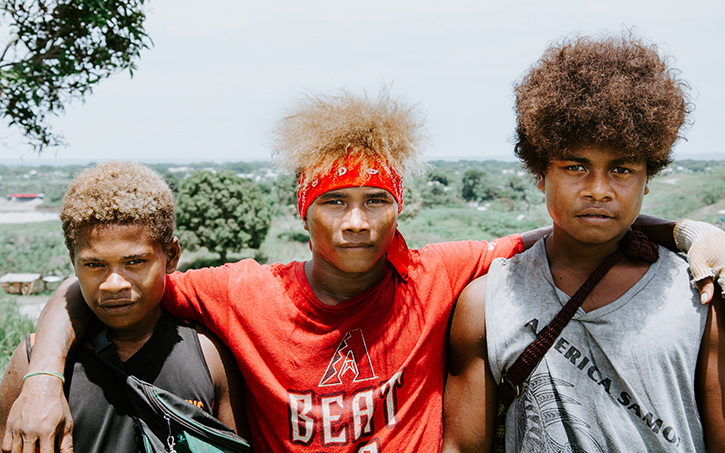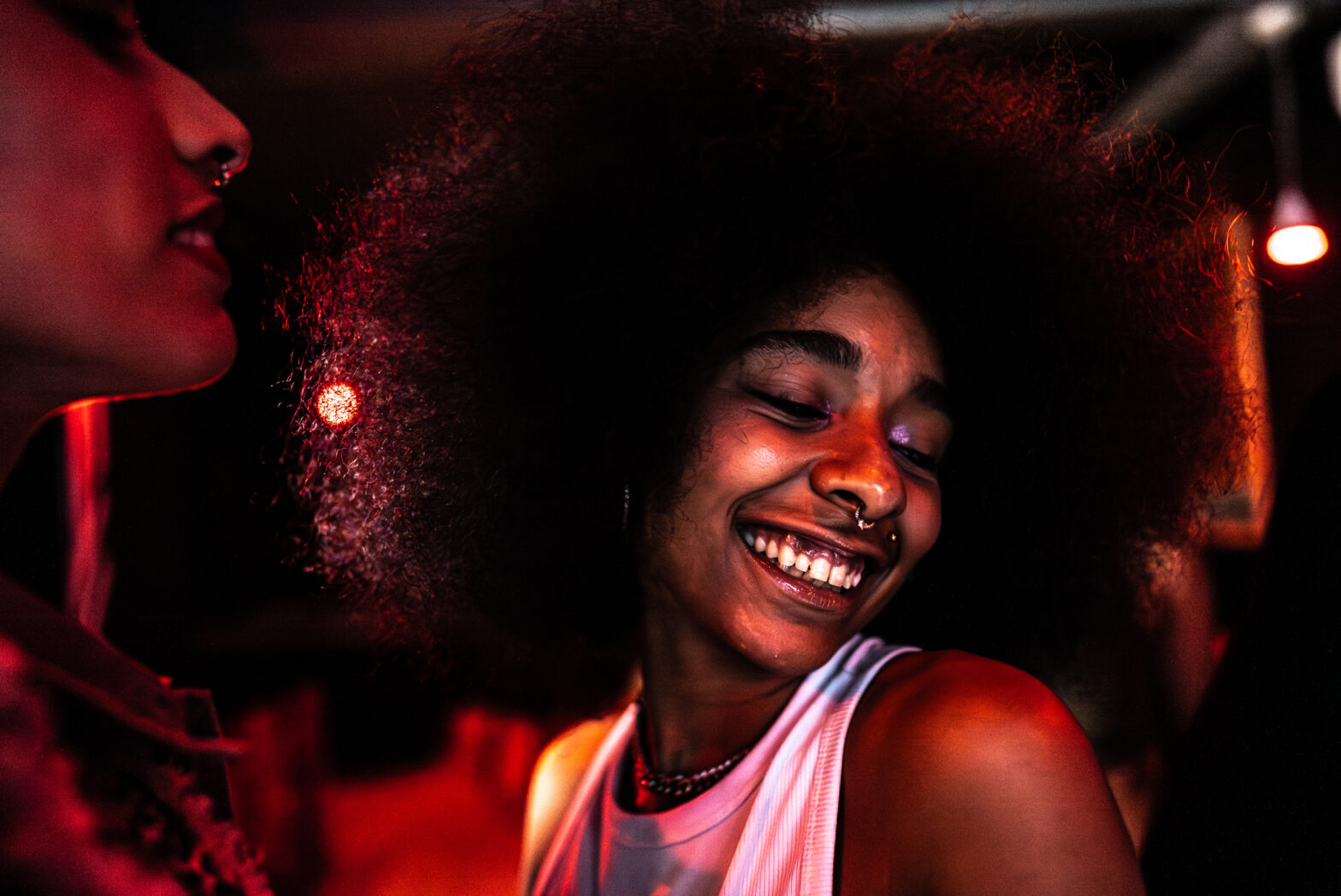The Melanesian country of the Solomon Islands is home to a population of Black people with striking light blond hair. Also comprised of the nations of Papua New Guinea, Vanuatu, and Fiji, the name Melanesia, which was derived from Greek, means “islands of Black people.”
In a New York Times article, science writer Carl Zimmer explains that Melanesians are descendants of the Denisova hominin human subspecies. The Denisovans are considered cousins of Neanderthals, with both groups having migrated out of Africa around 400,000 years ago. The Neanderthals migrated into Europe while the Denisovans moved towards Southeast Asia.
According to ScienceMag.org, about 10% of the inhabitants of the Solomon Islands have bright blond afros. This constitutes over a half a million people. Various hypotheses have been formed in an attempt to explain the anomaly. Some people believed blond Melanesians got their hair color through their diet, salt water, or sun exposure.
Others assumed the golden tresses were a result of European genes passed down through natives mixing with traders and sailors. However, this type of mixing was highly uncommon over the years. And as it turns out, none of these ideas are correct.
A study from the Stanford University School of Medicine found that the trait is actually due to a single native gene that is very different from the one that causes blond hair in Europeans. This gene is found exclusively in Mealanesians.
“The human characteristic of blond hair arose independently in equatorial Oceania. That’s quite unexpected and fascinating,” the study’s co-author Eimear Kenny, PhD, told Stanford Medicine Magazine.
The article points out that worldwide, blond hair is considered a rarity, and that Oceania is the only place in the world it is seen with substantial frequency, outside of northern Europe. The contributing gene, is present in 26% of Solomon Islanders, and blond natives of the country carry two copies of it.
“The gene is recessive, which means that blonds inherit it from both parents,” said geneticist Sean Myles of Nova Scotia Agricultural College, the author of a different study which yielded the same findings as the Stanford study.
Jonathan Friedlaender, an anthropologist emeritus at Temple University, said the mutation most likely originally occurred spontaneously in one individual and spread easily within the Solomon Islands due to their small population.
“This whole area seems to have been populated by very small groups of people making it across these stepping-stone islands, so you do have very dramatic effects in fluctuations of gene frequency,” said Friedlaender.
The blond hair of the Melanesians is yet another example of the wide range of diversity found among the various Black peoples of the world. Just as there is diversity in the different cultures and traditions, Black people across the globe come in various skin hues, with a vast assortment of beautiful and awe-inspiring physical features.
Related: Early Irish People Were Black With Blue Eyes, New Documentary Suggests





